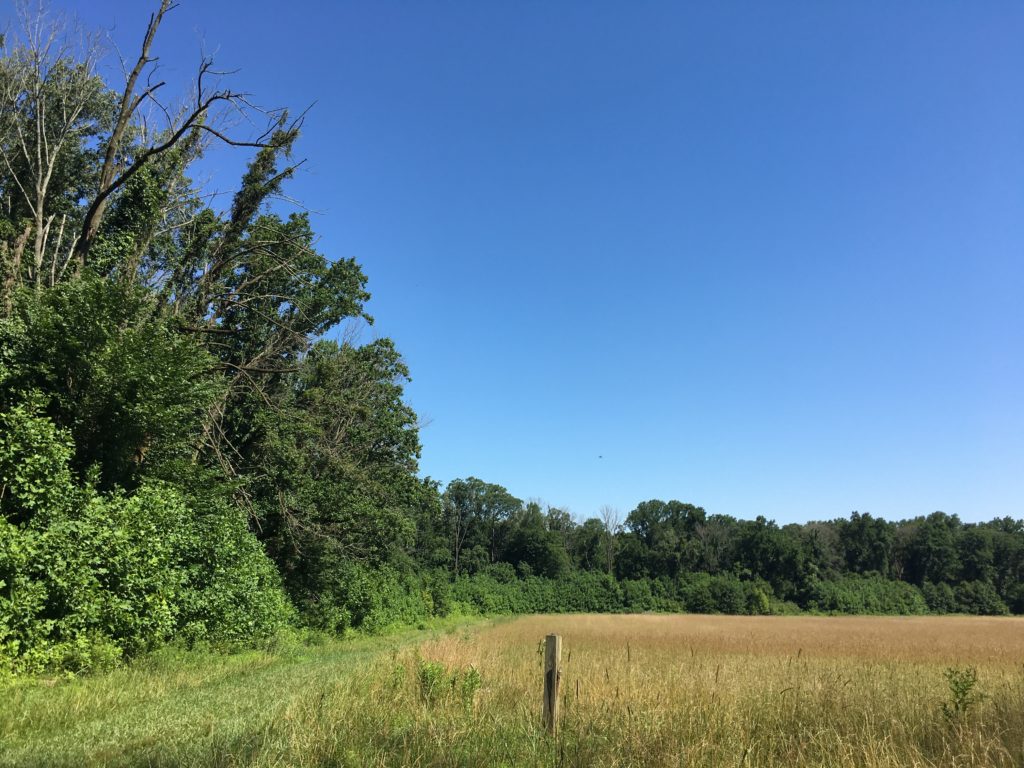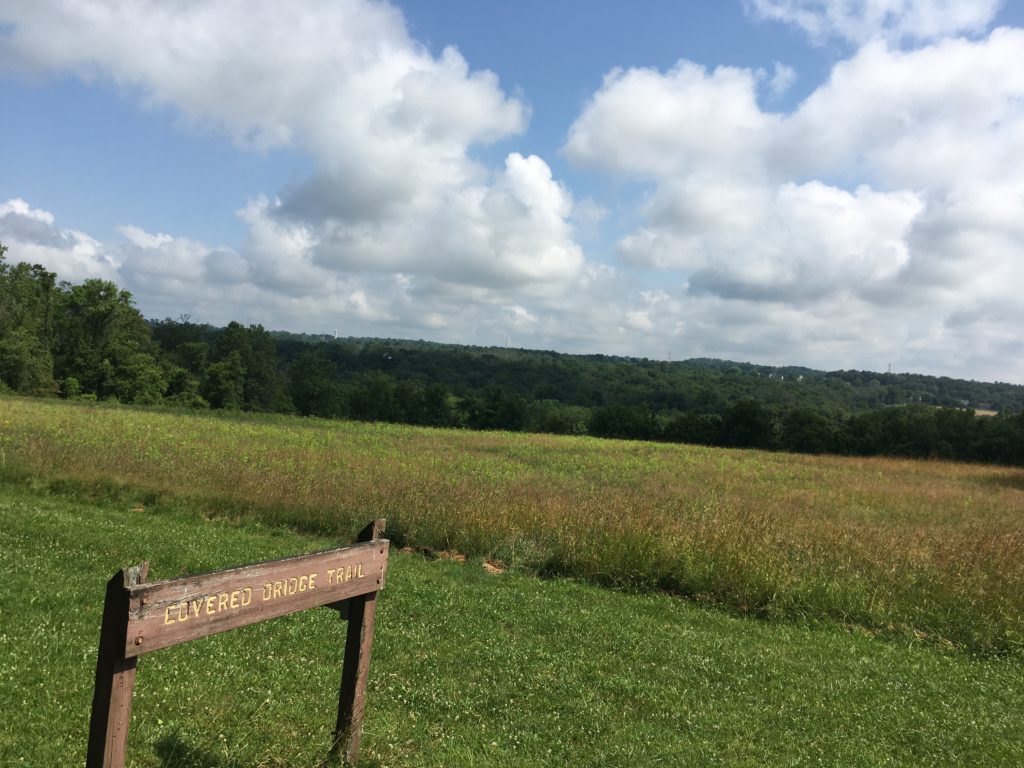
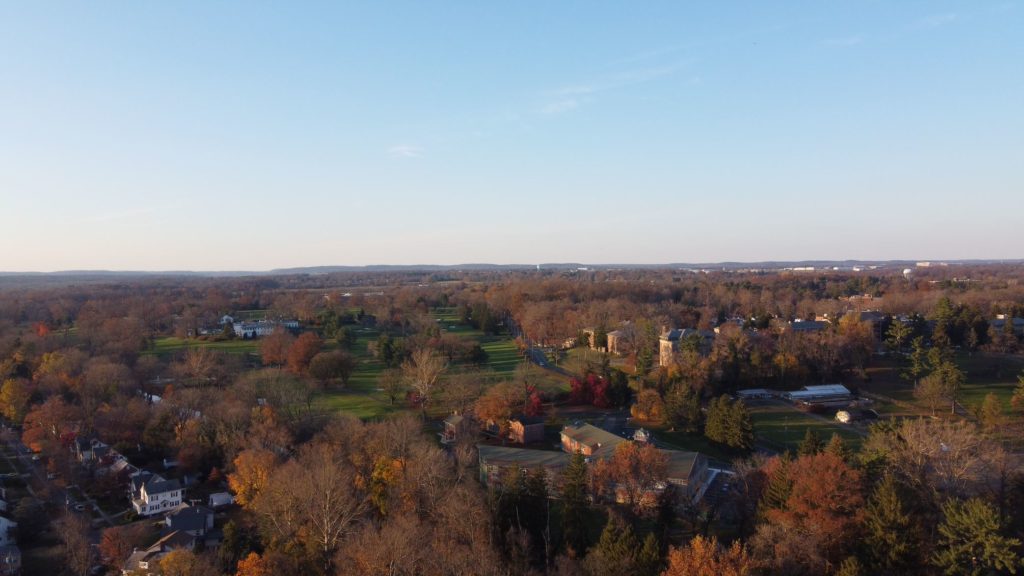
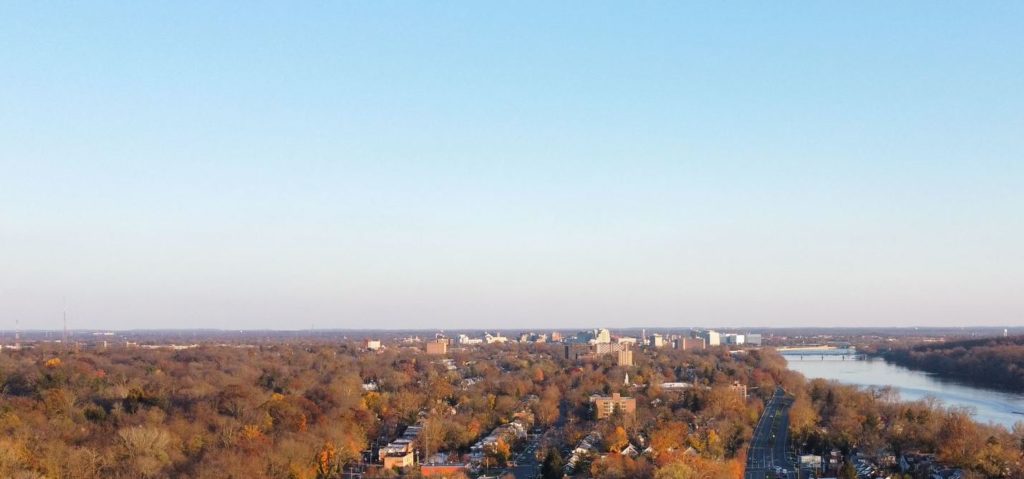
You begin to interest me…vaguely
Photos from a ride a couple months ago. The lake was created in 1906 by Andrew Carnegie so that the Princeton University crew team would have a place to practice their rowing. It is parallel to but separate from the Delaware & Raritan Canal. The Lake Carnegie Historic District, like the canal, is listed on the National Register of Historic Places.

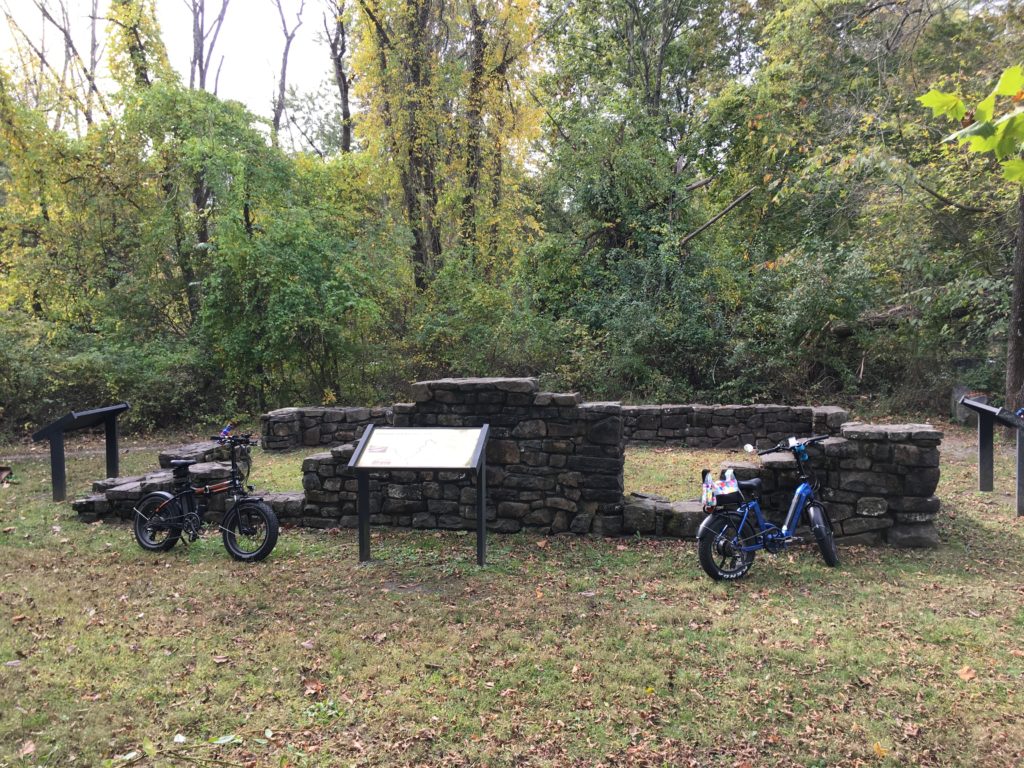




Fantastic historic prints and maps of New Jersey can be see in an online exhibition by the Morven Museum. Like the images above, a view of the Delaware Water Gap by an unknown artist, and an engraving of Bordentown Landing by Karl Bodmer, because of course he and Prince Maximillian stopped by to visit Joseph Bonaparte’s estate before heading west.
The original exhibition, Portrait of Place: Paintings, Drawings, and Prints of New Jersey, 1761–1898, was held at Morven in 2013 and was drawn from the collection of Joseph Felcone.

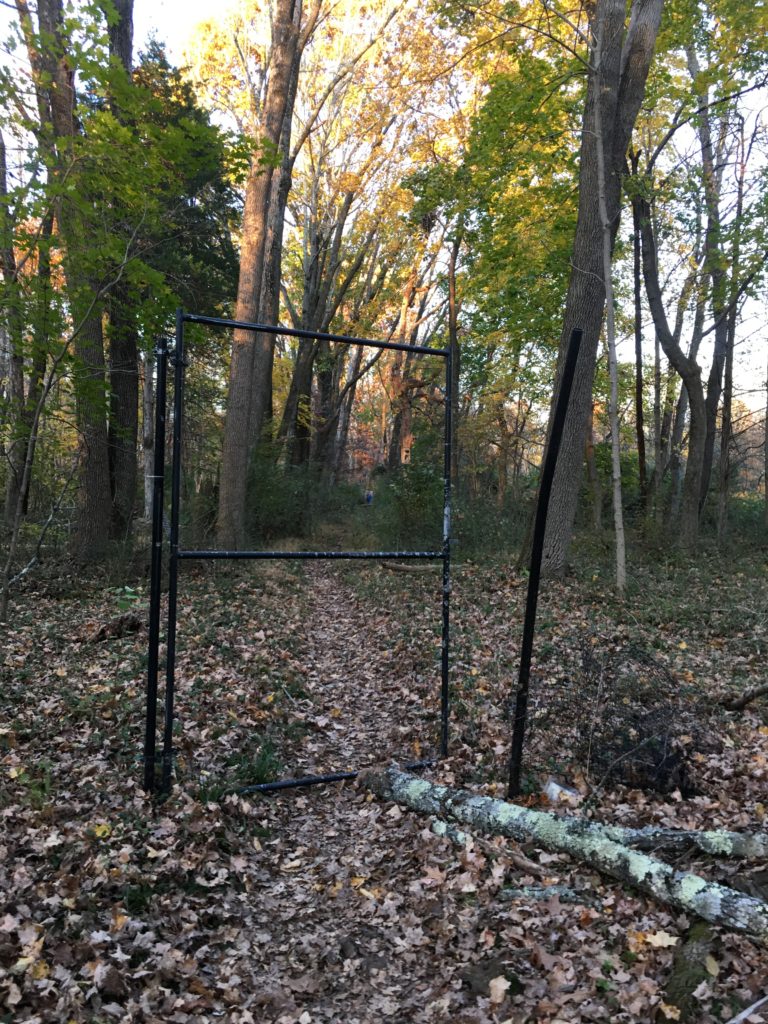
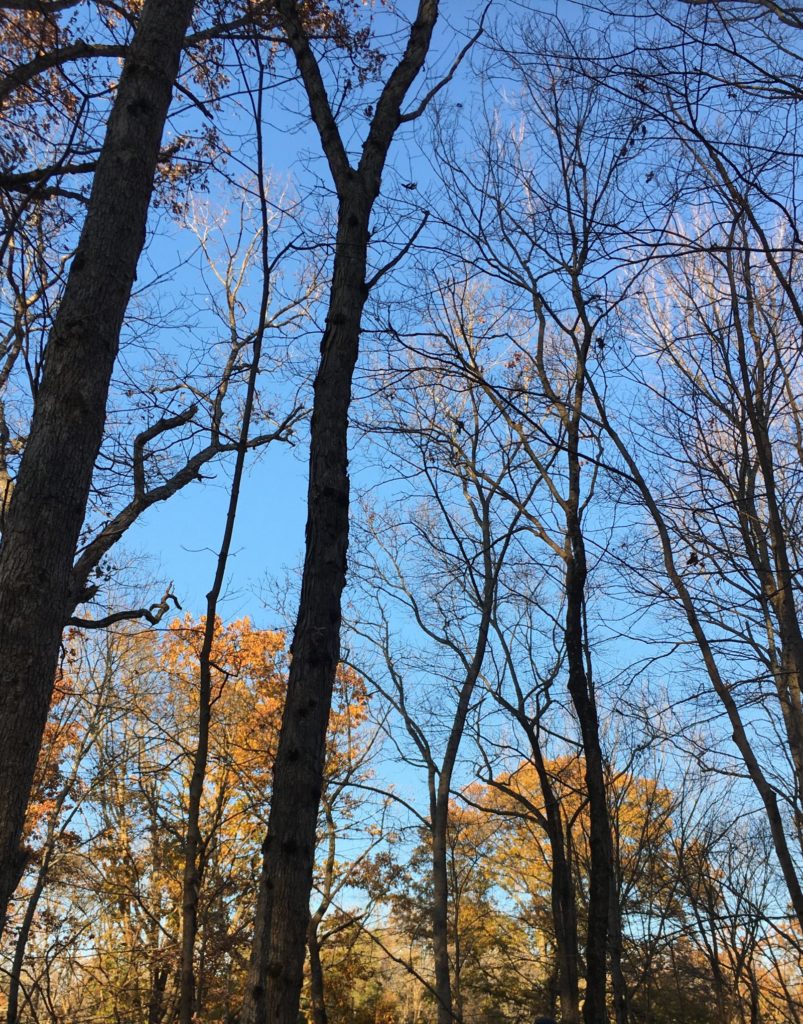
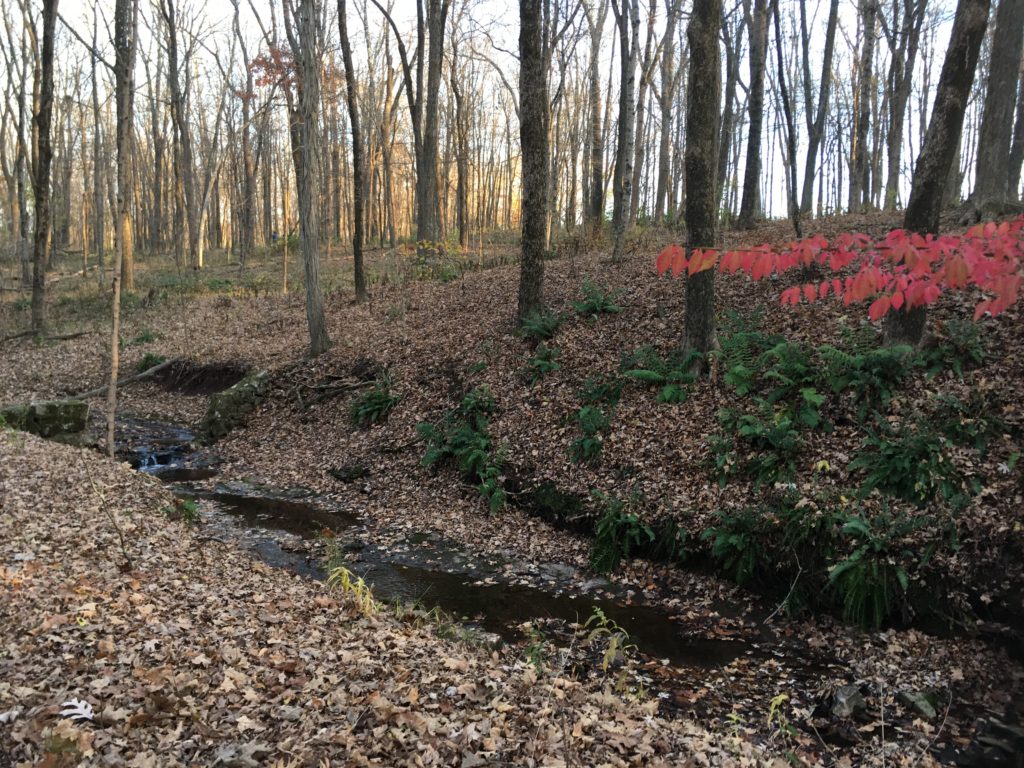
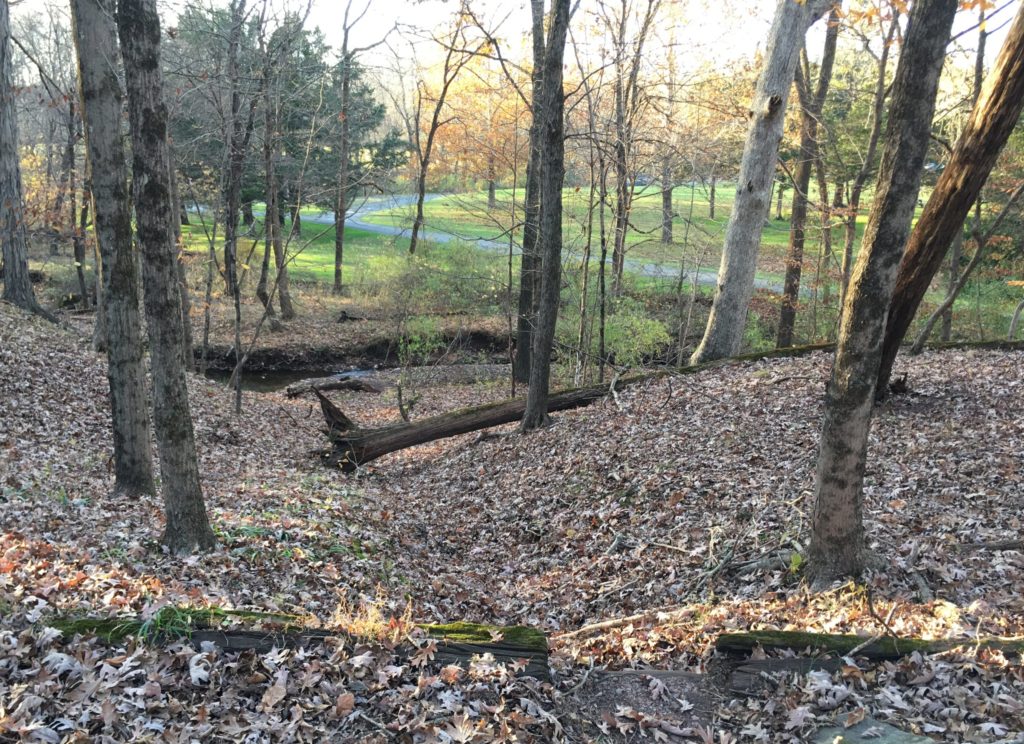
I’ve been in New Jersey a long time, but had never made it to High Point State Point. Up in the northwest corner and very close to both New York and Pennsylvania, the park surrounds, not surprisingly, the highest point in New Jersey. The obelisk was built in 1930 and is 220 feet high.
The land was donated to the state by Anthony and Susie Kuser in 1923. The Kusers, were, among many other things, ardent birders. In the early twentieth century, Anthony Kuser encouraged the (futile) search for surviving passenger pigeons by offering a reward for proof of their existence in the wild. The reward was never paid.

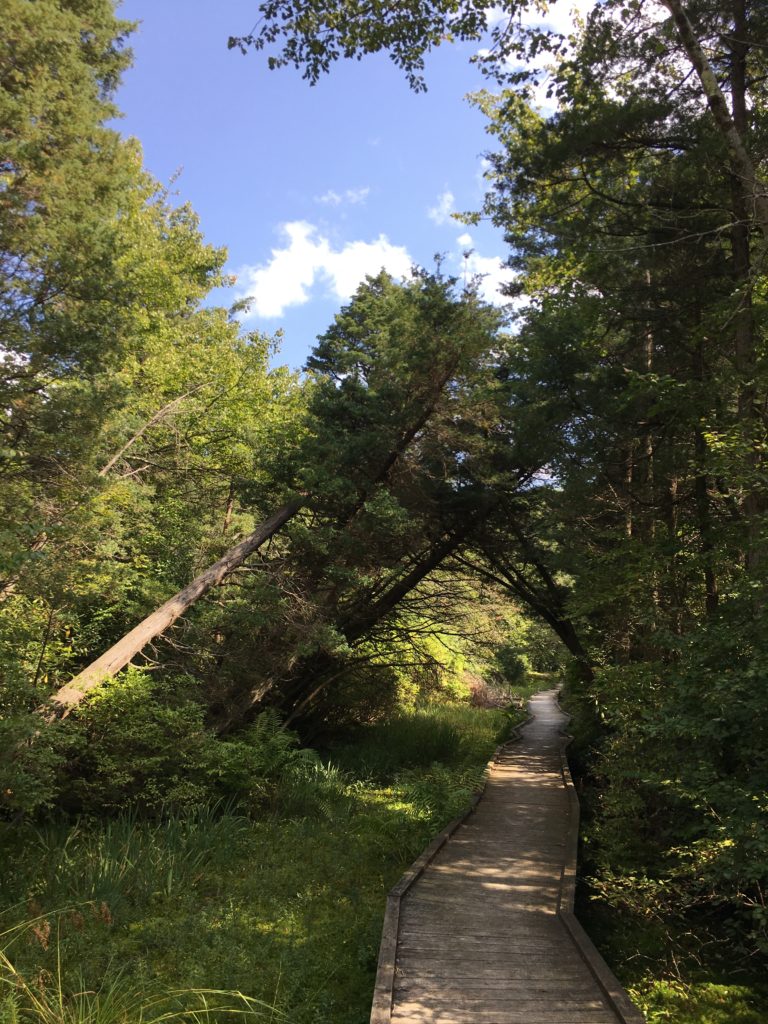
The Dryden Kuser Natural Area is within High Point State Park The Atlantic White Cedar Bog here is, at an elevation of 1,500 feet, thought to be highest bog of its kind in the world.
I just posted about WPA-era posters created for the U.S. National Parks. One of the great successes of the Depression-era New Deal was how it provided jobs for all Americans, including artists who created lasting works of art like these Post Office murals.
Another beneficiary was the Rutgers Geology Museum. In 1936, the Works Progress Administration funded 21 paintings for the museum by Alfred Poledo, a little-known 1930s artist. Like, there is almost nothing on the Internet about him. There’s this at the Living New Deal, which indicates he was from Boonton, and there’s some census data that shows he was an Italian immigrant, born around 1888 and deceased by 1940.
At least three of his paintings are in the Zimmerli Art Museum at Rutgers University. The mosasaur, an extinct marine reptile whose fossils are found in New Jersey, is featured in two of the pieces, A Lagoon in Jurassic Time and A New Jersey Mosasaur, both dated 1936.
The undated Prehistoric Animals Ready for Battle is the only one that shows dinosaurs. What I presume is a Dryptosaurus (a New Jersey dino related to Tyrannosaurus) faces off against a Triceratops, while some hadrosaurs (the official New Jersey state dinosaur) walk through the background.
These three paintings were donated to the Zimmerli by Helgi Johnson, a professor in the Geology Department who died in 1974. It’s not clear whether the other paintings in the series are also in the Zimmerli or perhaps still at the Geology Museum.
…and he brought his family. The female Northern Cardinal also appears to be losing the feathers on her head. So I learned that every year people report seeing these balding cardinals. I now like to think of them as vulture cardinals, but some people call them lizard-heads. Ornithologists generally think this is normal yearly molting, although in some cases, the cardinals might be suffering from head mites, lice, or some similar parasite. I’m inclined to think the original cardinal, a regular visitor to the birdfeeder, is not just going through a normal molt. It’s been well over a month since I first noticed his condition and his other feathers are normal and bright red. The female may be undergoing a regular molt while I’m guessing the third bird, shown below with duller red feathers and a lot of brown, is a juvenile.

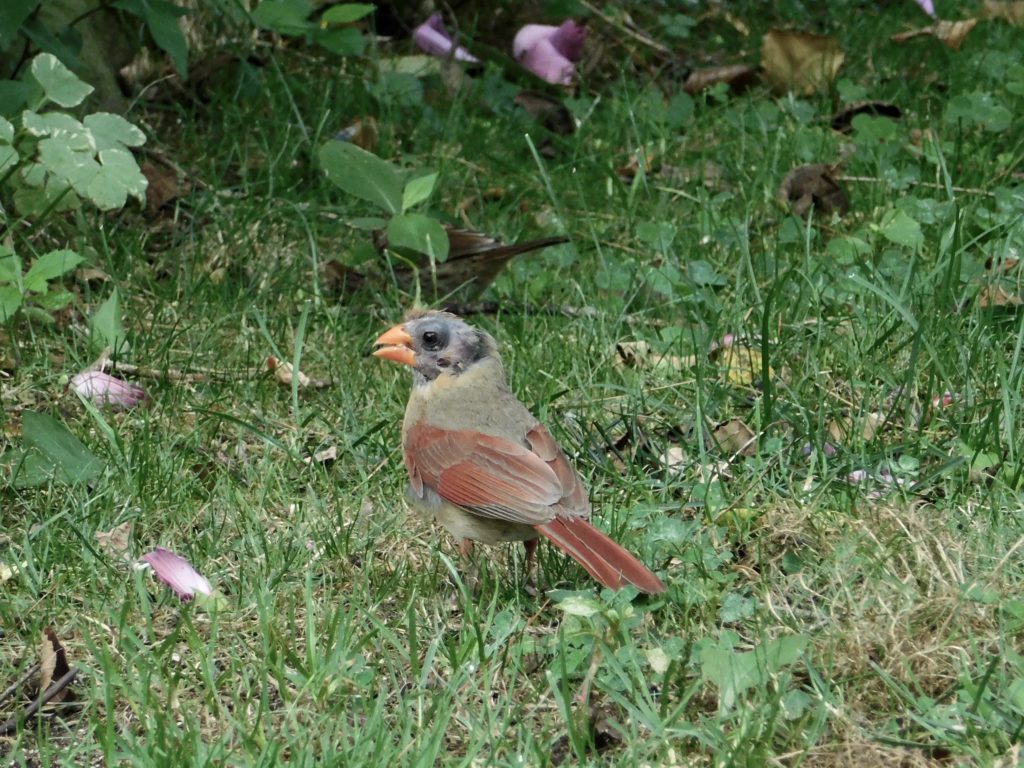
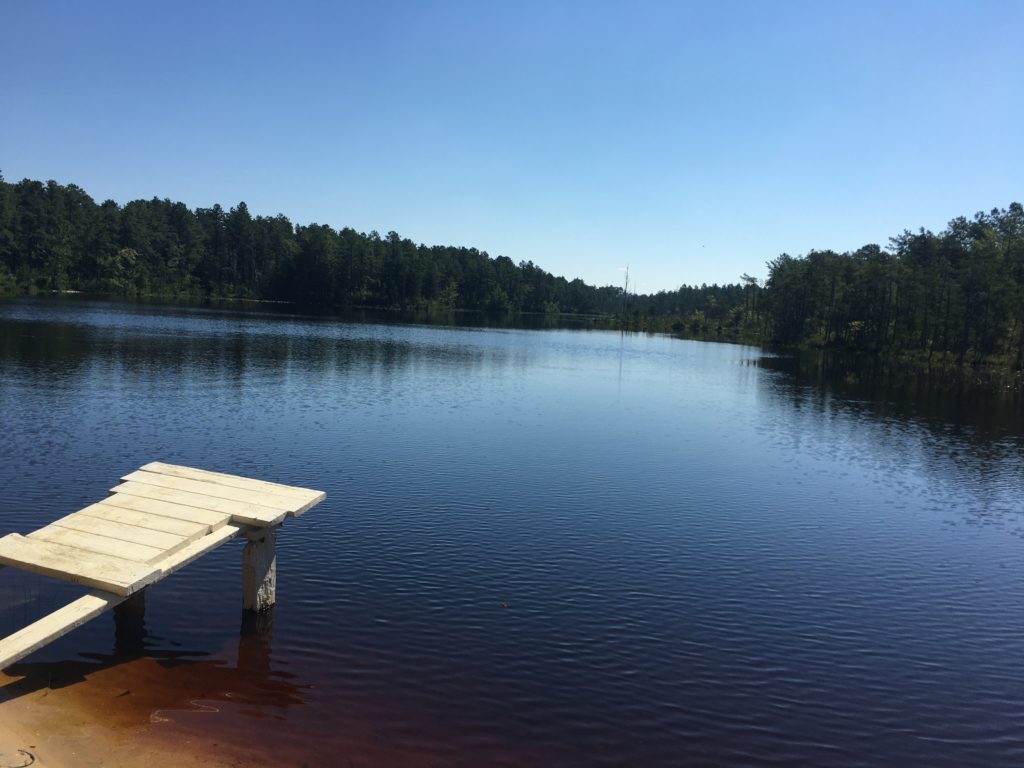
My first time biking at Whitesbog, the birthplace of the blueberry, was almost a year ago. Today was hotter and the water in Hanover Pond and the cranberry bogs looked very inviting.
As peaceful as it is, Hanover Pond is part of what has been called a “highly engineered agricultural water supply system” for growing cranberries. Whitesbog was already a large, established cranberry operation when Gaunt’s Brook was dammed in 1896 to create Hanover Pond. Water from the pond is channeled into Whitesbog’s Upper Reservoir, built around the same time.

Pandemic-related photo opportunity; all seen within about 20 minutes. Not shown: nuthatch, chipping sparrow (?), lurking gray squirrels.


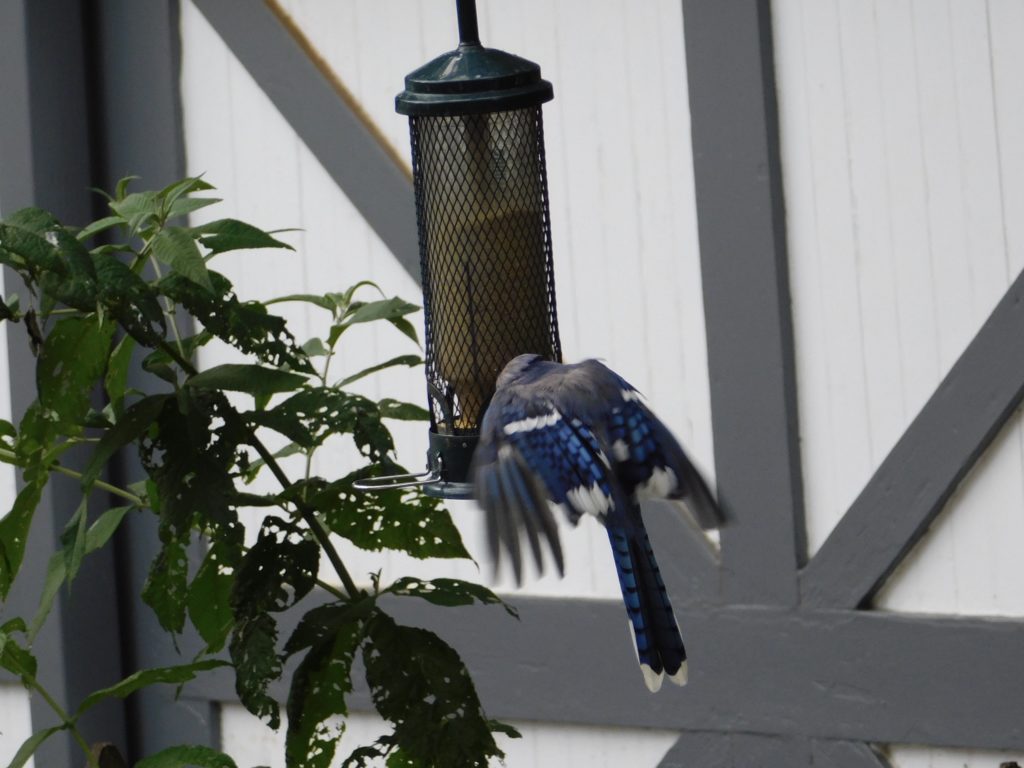
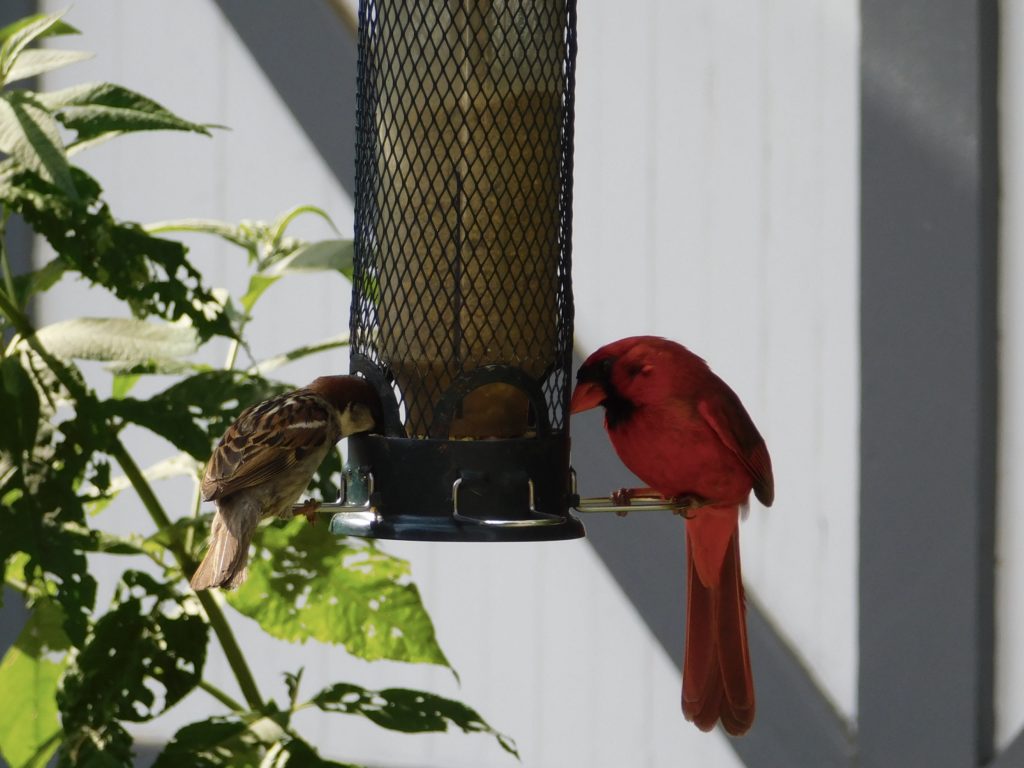
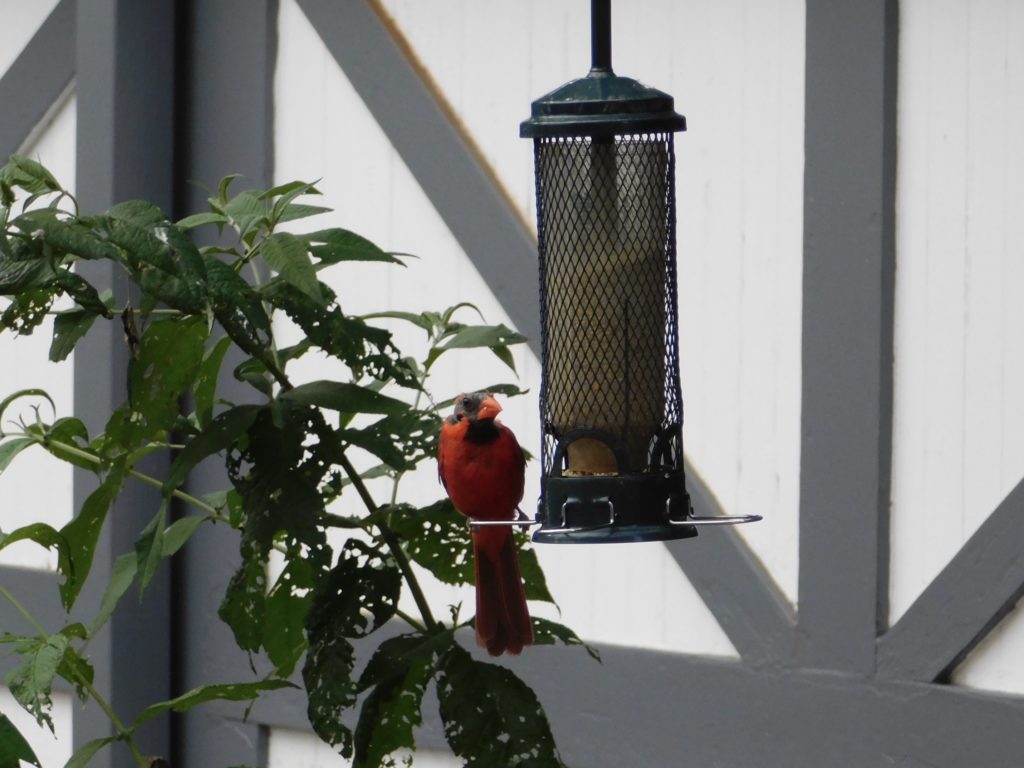





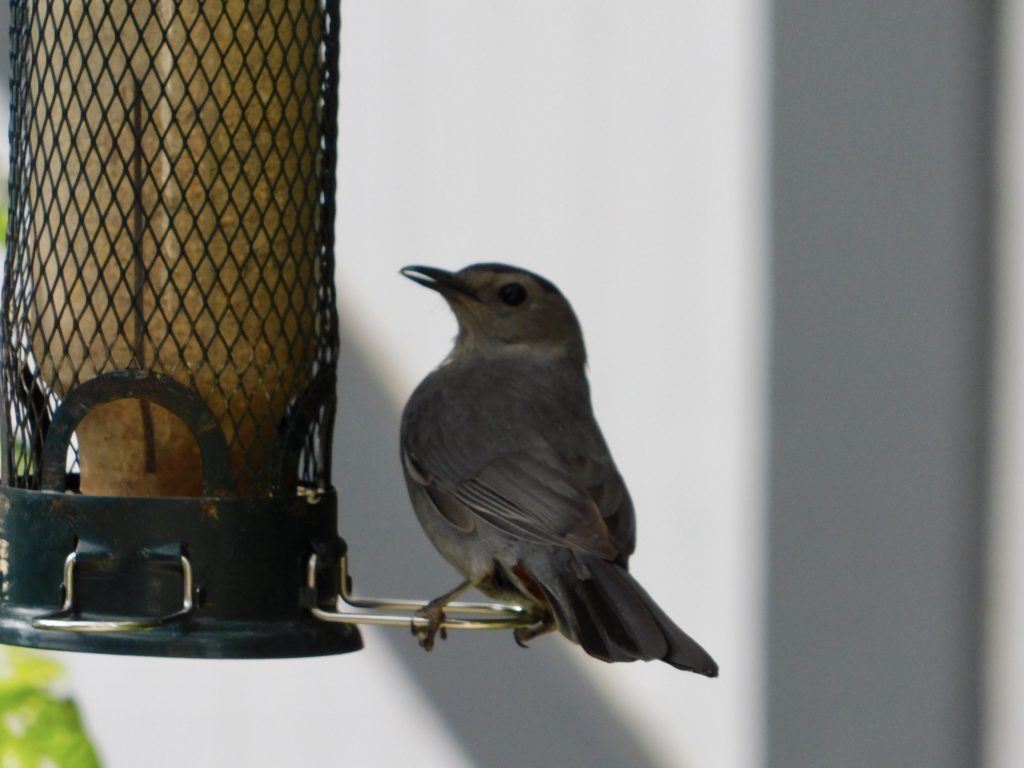



Summer’s in full swing, and I’ve been revisiting some parks I last rode in colder weather, including Crystal Lake Park and Cadwalader Park, as well as visiting Tyler State Park in Pennsylvania early on the 4th of July. Too busy riding to take many pictures.
